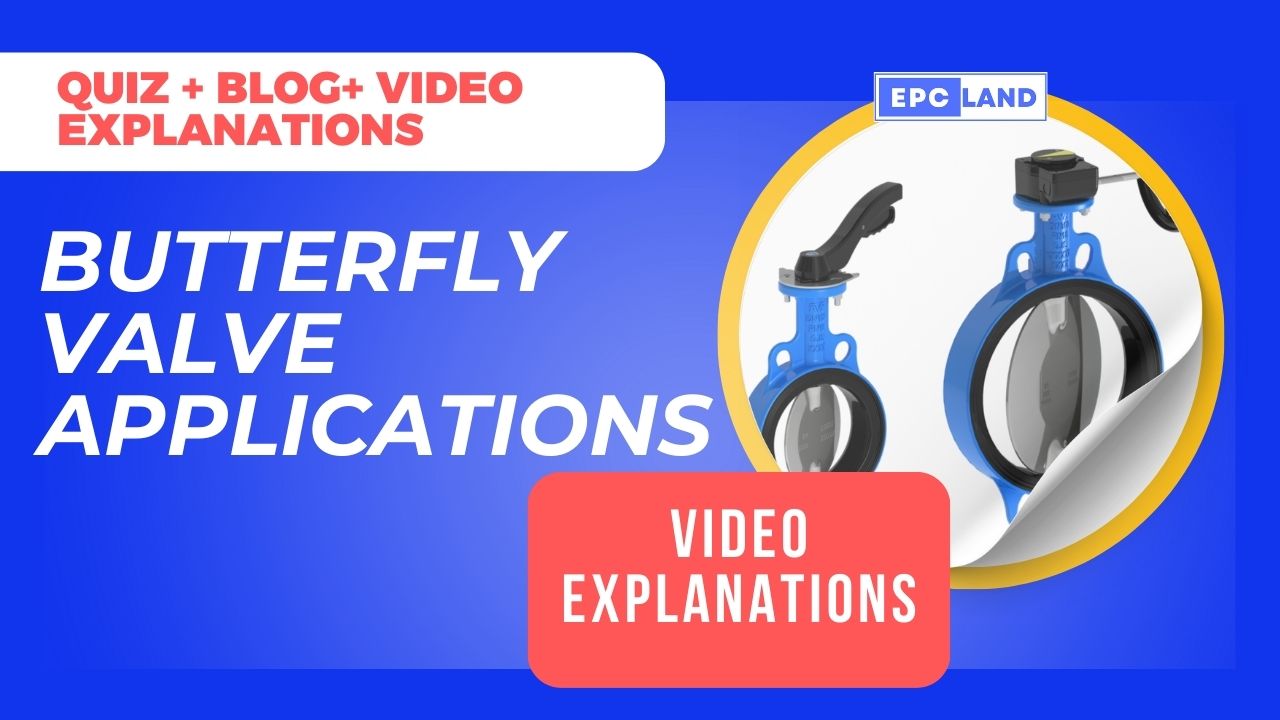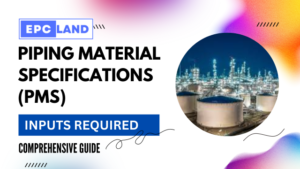Butterfly Valve: Unlock 10 Essential Questions for Piping Engineers
In the complex world of piping engineering, selecting the right valve is paramount for system efficiency and reliability. Among the various types available, the butterfly valve stands out as a versatile and commonly used option. Known for its compact design and quick operation, the butterfly valve finds applications across a wide range of fluid services, from water and oil to steam and even challenging slurries. Understanding the nuances of the butterfly valve, including its advantages and limitations, is crucial for optimal system design and performance. This guide explores key aspects of this indispensable component in piping systems through a series of technical questions.
Table of Contents
👉 Check Course on Piping Engineering
Test Your Knowledge: 10 Essential MCQs
1. What operating condition makes butterfly valves particularly impressive compared to other valve types that might get clogged?
2. A key advantage of butterfly valves in large diameter pipe systems is their:
3. How quickly can a butterfly valve be operated?
4. Compared to other valve types, butterfly valves generally have:
5. When fully open, a butterfly valve results in minimal pressure drop because:
6. For use in chemical or corrosive environments, butterfly valves often utilize:
7. Which specific service application is mentioned as needing a fast-acting valve where butterfly valves are used?
8. A significant limitation of butterfly valves is their suitability for:
9. The presence of the disc constantly in the flow path of a butterfly valve can lead to:
10. When selecting a butterfly valve, it is important to consider:
👉 Browse EPCLAND Courses
Major Takeaways
- The butterfly valve is highly versatile, used in various fluid services including liquids, gases, steam, cryogenic, and even challenging slurries.
- Key advantages of the butterfly valve include its compact/lightweight design, quick quarter-turn operation, and generally lower maintenance costs compared to other valve types.
- When fully open, the butterfly valve offers minimal pressure drop because the disc aligns with the flow.
- Butterfly valves with non-metallic seats like rubber or PTFE offer excellent chemical compatibility for corrosive environments.
- A significant limitation is the butterfly valve’s poor performance for precise throttling, especially at high differential pressures, and should typically only be throttled between 30-80° open.
- The disc’s constant presence in the flow path of a butterfly valve can cause turbulence, potentially leading to cavitation in high velocity systems.
Conclusion
In summary, the butterfly valve offers significant benefits like reliability, space-saving installation, and fast operation, making it a preferred choice in many piping applications. While its versatility across different media and ease of use are clear advantages, engineers must carefully consider its limitations, such as limited throttling capability and potential for turbulence. Proper selection based on specific pressure, temperature, and flow control requirements is key to leveraging the strengths of the butterfly valve effectively.
👉 Visit Quiz Blog Collection


